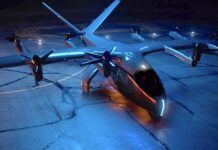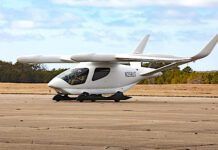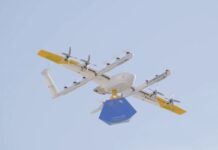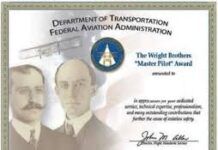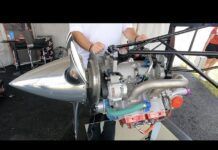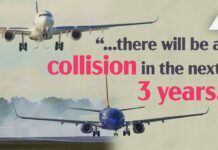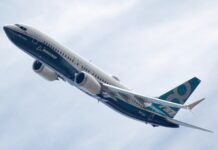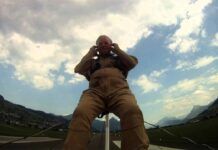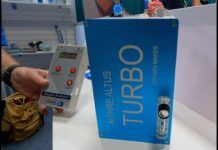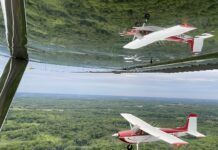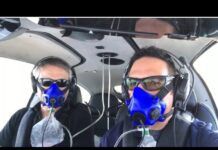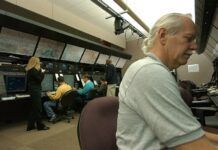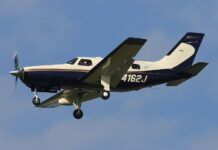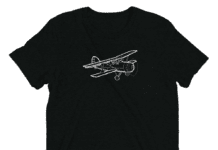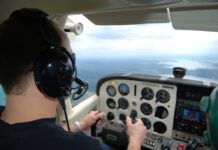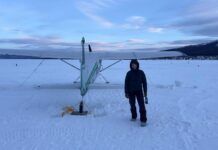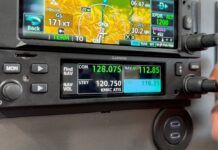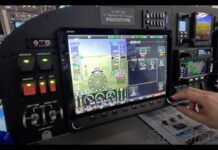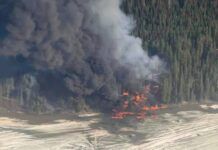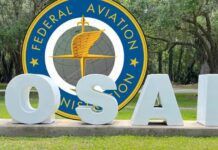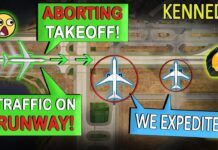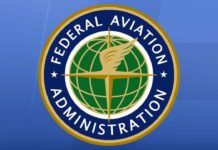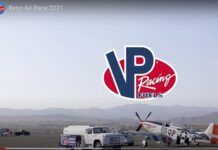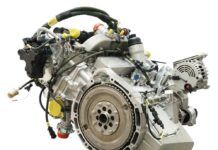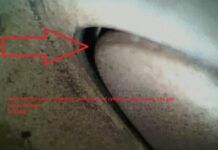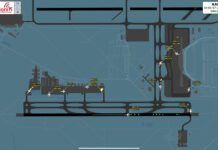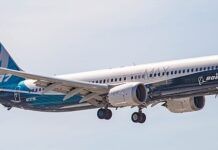While it may be a shallow measuring gauge, the most popular indicator of the success of an aircraft refurb is the paint job. A good one can be used to disguise many ills while a bad one can overwhelm the perfection of the new leather interior and top-of-the-line glass panel.
So, in the process of refurbishing your airplane, what can you do to improve the odds of getting a top notch paint job at a price that doesn’t require a third mortgage?
From what we’ve learned from owners and paint shops here at AVweb and in our sister publication, Aviation Consumer, it’s a matter of being willing to focus on the task and selecting a paint shop that will take the time to communicate openly with you throughout the entire process. We talked about shop selection earlier in our series on refurbs—everything in that article is relevant to paint shops, but we’ll add one additional caveat: distance. We don’t think it makes sense to fly your airplane half way across the country to get it painted. Not only is it expensive to go the distance, you don’t want to get the airplane home only to figure out there are problems and then have to fly a thousand miles back to the shop to get them fixed.
Aviation Consumer magazine does periodic surveys of customer satisfaction with paint shops—they are a good source of guidance although from time to time, as with engine overhaul shops, good ones go south. Even when you’re considering a shop that was highly ranked in the last survey, conduct your due diligence and talk to recent customers about their experience and try to take a look at their airplanes.
No Multi-Tasking
While people brag about their ability to multi-task, all of the performance studies show that when doing so it takes them longer to complete the various tasks and they do them less well than had they done them sequentially. We think that is true of the paint portion of a refurb. Where customers report problems with paint shops it was often in refurbs where a major avionics installation or interior upgrade was taking place at the same time as the new paint job. Painting an airplane is a complex process—we suggest not adding to the complexity by combining it with other portions of a refurb.

A related problem reported by customers was the situation where the paint shop started work on their airplanes but then shoved them into a corner for a week or months to deal with a higher-priority job. That raised the odds that something would be missed or done incorrectly when the shop finally pulled the first airplane out of the corner and went back to work on it. When selecting a shop, we think it’s important to try and determine if your airplane will be worked on steadily or only when it’s convenient.
The final process of shop selection is the willingness of the shop to put everything in writing when it comes to the work to be performed. Don’t accept a verbal assurance as to prices or tasks—get it in writing. Because it’s not unusual for the shop to discover additional work is needed once the airplane is opened up and the old paint stripped off—often corrosion that needs to be dealt with—the shop should notify you as soon as it discovers the condition and then give you a written description and estimate for the repairs that you can approve before it goes ahead with the work.
Under no circumstances should you be surprised by the bill when you arrive to pick up your airplane after painting.
Make sure the shop offers a written warranty—two years seems to be the norm.
Elements

What is involved in painting your bird?
The fun part for many owners is selecting the paint scheme. A good shop will help you with this and there are a number of companies that specialize in designing aircraft paint schemes. We’ve long consulted with respected designer Craig Barnett of Scheme Designers. He has worked with numerous aircraft owners to come up with designs and, because he also knows that every additional color used will probably add from $500 to $750 to the price, fits the owner’s budget.
A caveat for owners—aircraft paint designs are the intellectual property of the designer and are protected by copyright. That means that having your paint shop duplicate a cool design you see may put you at risk of suit for copyright infringement.
The repainting process itself starts with stripping all surfaces—which means removal of the control surfaces and various other (aircraft specific) components such as landing gear and fairings. All corrosion must be removed and any damage repaired. The surfaces are then acid etched and alodined and any other corrosion protection the shop usesis put in place.

Careful preparation for painting is essential—otherwise the paint will come off. We continue to hear, fortunately not often, from owners who report that their paint has come off in small or large patches soon after getting home.
This is a great time to replace all the old fasteners. Some shops include it in the price of a repaint, some don’t. Check and make sure.
Throughout this process you should be getting regular status reports from the shop.
Then, the paint you selected (discuss which type is right for you and what will be involved in maintaining it with the shop), usually a polyurethane, is applied.
It may sound pretty basic, but make sure the shop doesn’t paint over the antennas.
Once painted, the control surfaces must be balanced before being reinstalled. It’s critical. We are aware of a Cessna 421 that suffered elevator flutter on its first flight after repainting because the shop did not balance the new elevator that was installed—it didn’t even install the balance weights. The airplane went in vertically from about 800 feet AGL.
We feel that once the airplane has been painted, it should be weighed so that it has accurate and up to date weight and balance data. Some shops include that in their standard package, others don’t. We think it’s important—in many cases the airplane hasn’t been weighed in decades. We had very unpleasant handling experience with an Aztec after repainting. Following the flight we had the aircraft weighed and found that the actual center of gravity of the airplane was nearly three inches further aft than shown in the 20-year-old weight and balance paperwork.
Cost
A good paint job isn’t cheap. Feedback we’ve received is that something just north of $12,000 is about right for a single and $25,000 for a twin.
Test Fly

We recommend going to the shop to pick up your airplane rather than having it delivered. We also recommend scheduling yourself off for a few days so that you can do a very careful preflight (we’ve seen too many post-paint crashes where the ailerons were hooked up backwards) and flight test(s) in good, VFR weather.
Be ready for any sort of thing to be wrong from the need for minor paint touchup to major re-rigging because the airplane now flies sideways. The airplane has been opened up and major parts removed and reinstalled—mistakes happen. The gear may not retract; the flaps may not reach full travel. Give yourself time to find flaws and have them fixed. You’ll be much happier doing it that way then getting home and discovering you’re going to have to return.
Conclusion
Owners tell us that one of the best maintenance experiences they’ve had is when they’ve first seen their airplane after it was repainted. We can’t help but agree. With a little planning, attention to detail and good communication, the paint portion of your refurb can be very rewarding.
Rick Durden is the features editor of AVweb and the senior editor of Aviation Consumer. He is the author of The Thinking Pilot’s Flight Manual or, How to Survive Flying Little Airplanes and Have a Ball Doing It, Vol. I. Vol. 2 is due out soon.



